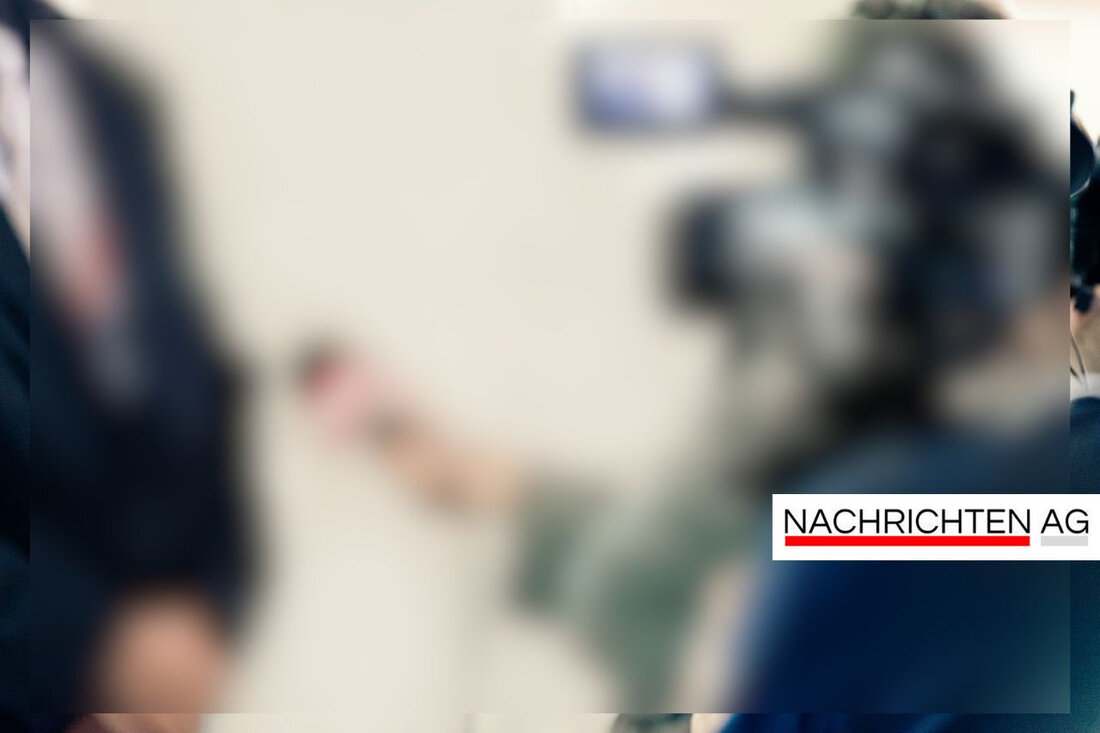Focus on telepathy: science or mysterious trick?

Focus on telepathy: science or mysterious trick?
Liverpool, Großbritannien - The topic of telepathy is controversial in science. Many people report experiences where they thought of someone and suddenly calls them. Such experiences have repeatedly caused discussions in public and in science circles. The topic received special attention during the Cold War, as the Secret Services of the USA and the Soviet Union for new opportunities to obtain information and spies.
A prominent example is Joseph McMonagle, a US lieutenant who claimed in 1979 that he had seen a huge submarine in my mind-an assertion that turned out to be correct. Such events and the ongoing experiments on telepathy still arouse public interest.
The full field experiment
A particularly well-known experiment for the examination of telepathy is the full field experiment. In this process, subjects are isolated in a quiet room to test the transmission of thought. The subject, which acts as a "transmitter", selects a picture from a category (technology, nature, human, food) and tries to mentally transmit it to a "recipient" that is distracted visually and acoustically. A combination of red light sources and noises is often used to put the recipient into a state of sensory deprivation.
The recipient describes his perceptions during the experiment and then selects the one that, in his opinion, fits the intellectual transmission from a limited number of images. Statistically speaking, the chance of hit for the recipient is 25 %, which means that he should be able to correctly advise you, even if it only leads him. However, proponents of these tests argue that success rates that go beyond the random value could indicate a kind of extraordinary perception (ESP). However, there are no consistent, independent replications of these results, and the broader scientific community does not accept validated evidence of parapsychological phenomena.
criticism and controversy
The full field experiment was first popular in the 1970s by the psychologist Charles Honorton, who further developed the method and carried out numerous of these experiments. Between 1974 and 1982, 42 full field attempts were documented, but methodological problems such as distress distortions and unchecked documentation came to light. These weaknesses led to persistent criticism and classification as a pseudo science.
Some parapsychologists believe that certain personality traits, such as belief in PSI or previous experiences, could increase performance at the ESP. Against this background, the research interest in full field experiments remained controversial and has decreased in recent years. Meta analyzes, such as those of Milton and Wiseman, did not find a significant PSI effect in 30 experimental studies, while other researchers such as Lance Storm and Suitbert Ertel clarify a statistically significant effect. However, the latter were criticized because they also included incorrect studies.
Overall, the reliability of the full field technology remains unresolved and the debates about the evidence of ESP stop. Mental magicians like Thorsten Havener also carried out tests that led to impressive results, but the question remains whether they actually have telepathic skills or whether they are tricks. Even if the Stargate program, which was launched by the United States in the 1970s to explore supernatural skills, was discontinued in 1995, the interest in telepathy in secret services remains unbroken.
The topic of telepathy and its possible existence continues to fascinate numerous researchers and lay people, but the scientific community remains skeptical and waits for reliable evidence. The term “remote viewing” is used in this context to describe methods of long -distance perception.
summarized there are numerous reports and attempts that speak for supernatural or telepathy, but the opposite side often sees the results only pseudo -scientific and lack of empirical validity. The discourse on the existence and limits of telepathic skills will probably continue to be continued in the future.
| Details | |
|---|---|
| Ort | Liverpool, Großbritannien |
| Quellen | |
